Visual ConstellationsA photographic field guide |
|---|
Visual ConstellationsA photographic field guide |
|---|
Natural Impression | |||||
| The constellation photos resemble more or less the impression of the starry sky we have by naked eye. They are intended to be quite natural, just the way the well adapted naked eye might see the stars in a clear night at full darkness, little moonlight or at the rest of twilight. If you prefer deep photographies, also showing the myriad of fainter stars we usually can't see by naked eye, please have a look at my "Deep Photographic Guide to the Constellations". |
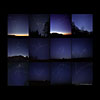 Visual Mosaic of the Zodiac Constellations |
||||
Lines | |||||
|
There is no standard for the constellation
outlines, only the borders are defined by the International Astronomical Union
(IAU).
So the outlines are quite arbitrary but similar to most sky charts. Their
purpose is just to help identifying the fixed star pattern of each celestial
region.
Nevertheless, it is always impressive to identify such a fixed star pattern
in the real night sky. Go, grab your sky chart and have a try! |
|||||
Standard Camera | |||||
|
The same optics (28 mm focal length) and conventional slide film was used
throughout the entire project. This gives the same standard field of view
and similar impressions in color and resolution.
Usually more than one constellation appears in an image, but just one
constellation is highlighted.
The constellations have very different sizes in the sky. Hydra spans a third
of the sky and is much larger than the standard field of view.
On the other hand is for example Equuleus which appears quite tiny on the photo.
The 88 constellations are complete now.
|
|||||
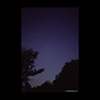
|
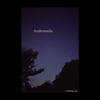
|
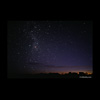
|
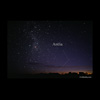
|
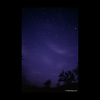
|
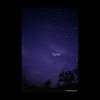
|
| Andromeda | Antlia, the air pump | Apus, the bird of paradise |
|||
|---|---|---|---|---|---|
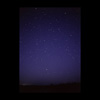
|
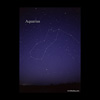
|
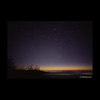
|
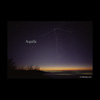
|
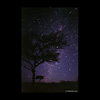
|
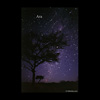
|
| Aquarius, the water bearer | Aquila, the eagle | Ara, the altar |
|||
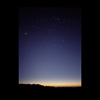
|
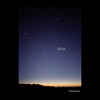
|
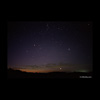
|
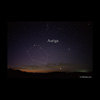
|
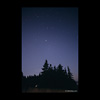
|
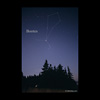
|
| Aries, the ram | Auriga, the charioteer | Bootes, the herdsman |
|||
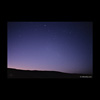
|
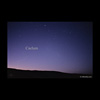
|
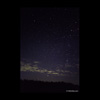
|
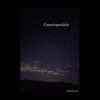
|
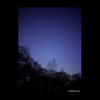
|
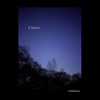
|
| Caelum, the chisel | Camelopardalis, the giraffe | Cancer |
|||
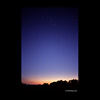
|
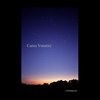
|
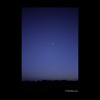
|
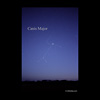
|
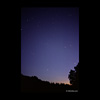
|
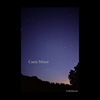
|
| Canes Venatici, the hunting dogs | Canis Major, the big dog | Canis Minor, the lesser dog |
|||
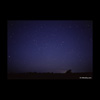
|
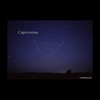
|
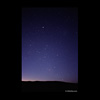
|
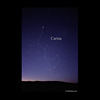
|
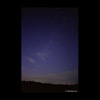
|
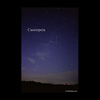
|
| Capricornus, the goat |
Carina, the keel | Cassiopeia |
|||
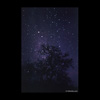
|
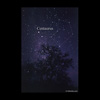
|
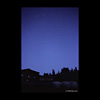
|
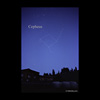
|
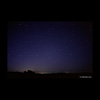
|
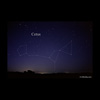
|
| Centaurus, the Centaur | Cepheus | Cetus, the whale |
|||
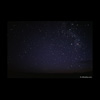
|
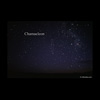
|
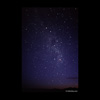
|
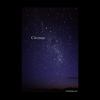
|
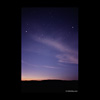
|
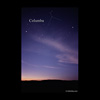
|
| Chamaeleon, the chameleon | Circinus, the compass | Columba, the dove |
|||
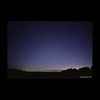
|
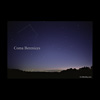
|
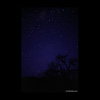
|
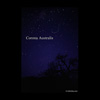
|
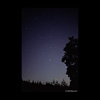
|
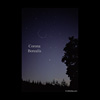
|
| Coma Berenices, Berenice's hair | Corona Australis, the southern crown | Corona Borealis, the northern crown |
|||
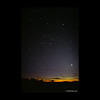
|
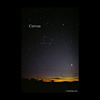
|
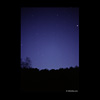
|
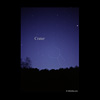
|
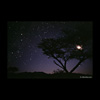
|
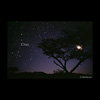
|
| Corvus, the crow | Crater, the cup | Crux, the southern cross |
|||
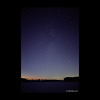
|
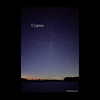
|
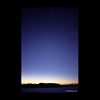
|
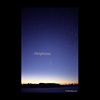
|
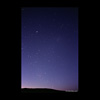
|
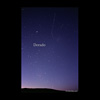
|
| Cygnus, the swan | Delphinus, the dolphin | Dorado, the swordfish |
|||
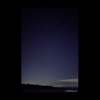
|
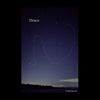
|
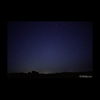
|
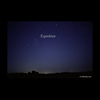
|
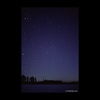
|
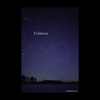
|
| Draco, the dragon | Equuleus, the colt | Eridanus, the river |
|||
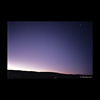
|
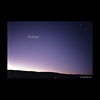
|
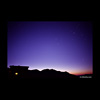
|
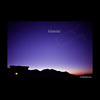
|
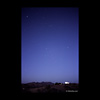
|
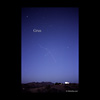
|
| Fornax, the furnace | Gemini, the heavenly twins | Grus, the crane |
|||
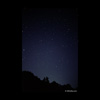
|
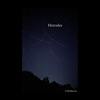
|
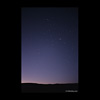
|
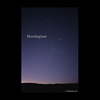
|
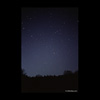
|
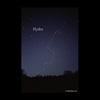
|
| Hercules, the kneeling man | Horologium, the clock | Hydra, the water snake |
|||
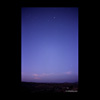
|
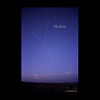
|
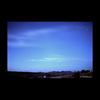
|
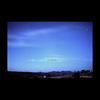
|
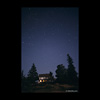
|
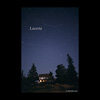
|
| Hydrus, the little water snake | Indus, the indian | Lacerta, the lizard |
|||
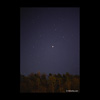
|
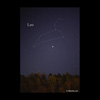
|
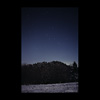
|
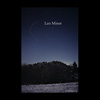
|
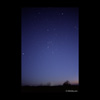
|
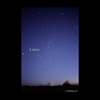
|
| Leo, the lion | Leo Minor, the lesser lion | Lepus, the hare |
|||
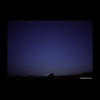
|
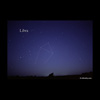
|
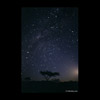
|
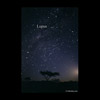
|
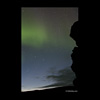
|
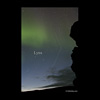
|
| Libra, the scales | Lupus, the wolf | Lynx |
|||
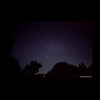
|
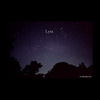
|
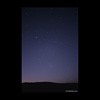
|
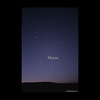
|
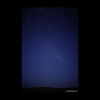
|
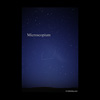
|
| Lyra, the lyre |
Mensa, the table | Microscopium, the microscope |
|||
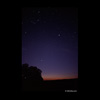
|
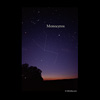
|
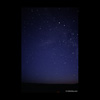
|
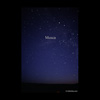
|
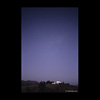
|
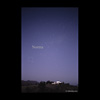
|
| Monoceros, the unicorn | Musca, the fly | Norma, the square |
|||
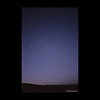
|
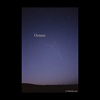
|
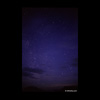
|
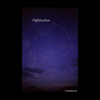
|
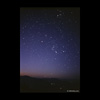
|
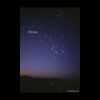
|
| Octans, the octant | Ophiuchus, the serpent bearer | Orion, the hunter |
|||
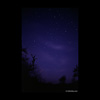
|
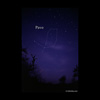
|
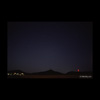
|
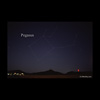
|
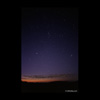
|
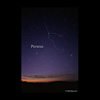
|
| Pavo, the peacock | Pegasus, the winged horse | Perseus |
|||
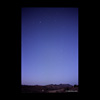
|
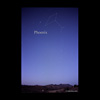
|
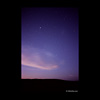
|
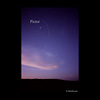
|
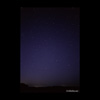
|
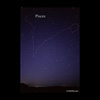
|
| Phoenix | Pictor, the painter | Pisces, the fishes |
|||
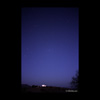
|
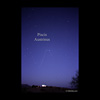
|
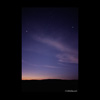
|
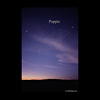
|
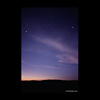
|
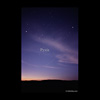
|
| Piscis Austrinus, the southern fish | Puppis, the stern | Pyxis, the compass |
|||
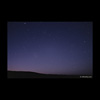
|
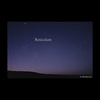
|
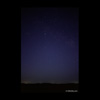
|
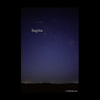
|
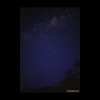
|
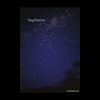
|
| Reticulum, the net | Sagitta, the arrow | Sagittarius, the archer |
|||
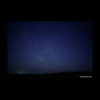
|
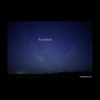
|
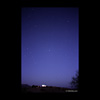
|
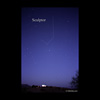
|
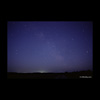
|
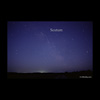
|
| Scorpius, the scorpion | Sculptor | Scutum, the shield |
|||
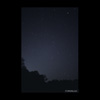
|
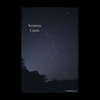
|
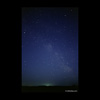
|
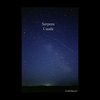
|
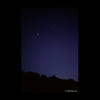
|
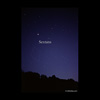
|
| Serpens Caput, the head of the serpent | Serpens Cauda, the tail of the serpent |
Sextans, the sextant |
|||
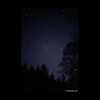
|
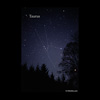
|
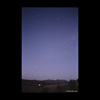
|
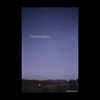
|
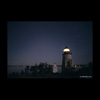
|
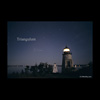
|
| Taurus, the bull | Telescopium, the telescope | Triangulum, the triangle |
|||
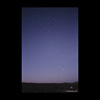
|
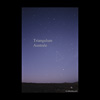
|
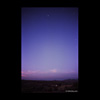
|
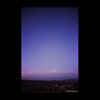
|
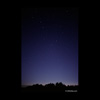
|
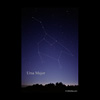
|
| Triangulum Australe, the southern triangle | Tucana, the toucan | Ursa Major, the greater bear |
|||
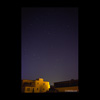
|
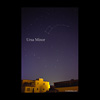
|
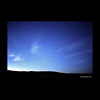
|
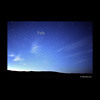
|
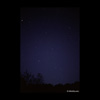
|
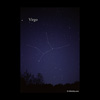
|
| Ursa Minor, the little bear | Vela, the sails | Virgo, the virgin |
|||
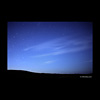
|
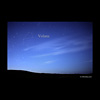
|
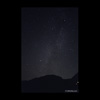
|
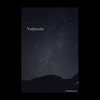
| ||
| Volans, the flying fish | Vulpecula, the fox |
||||